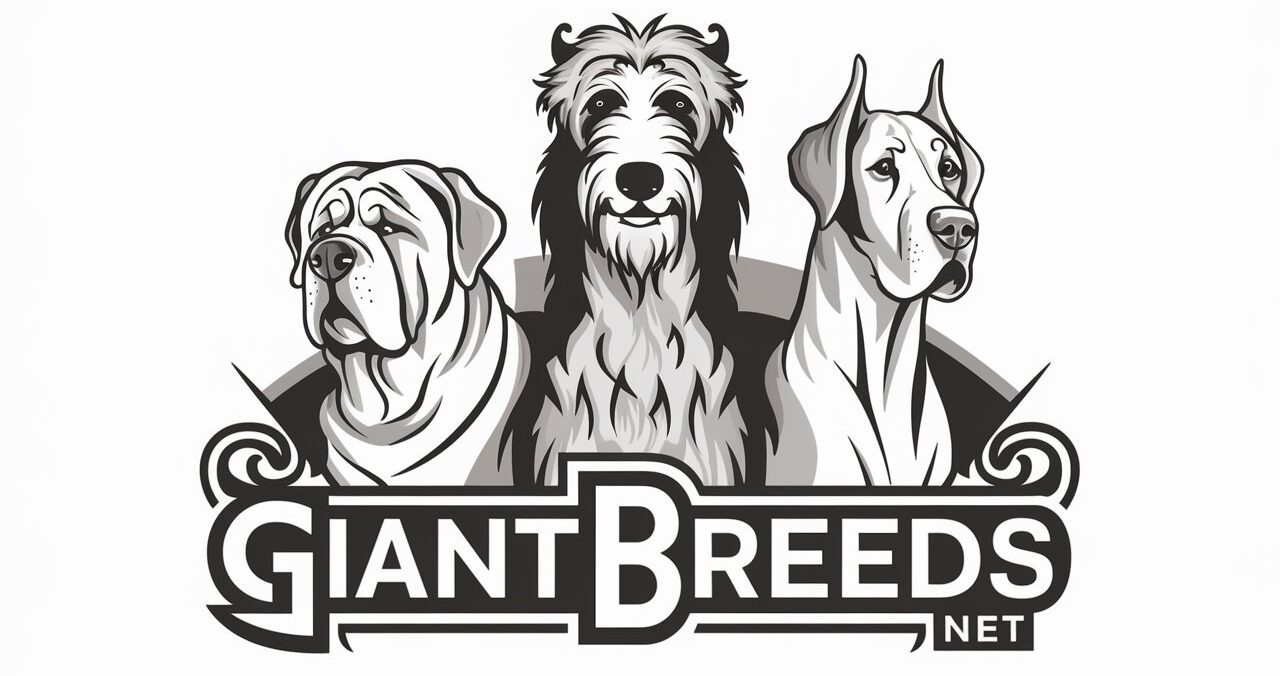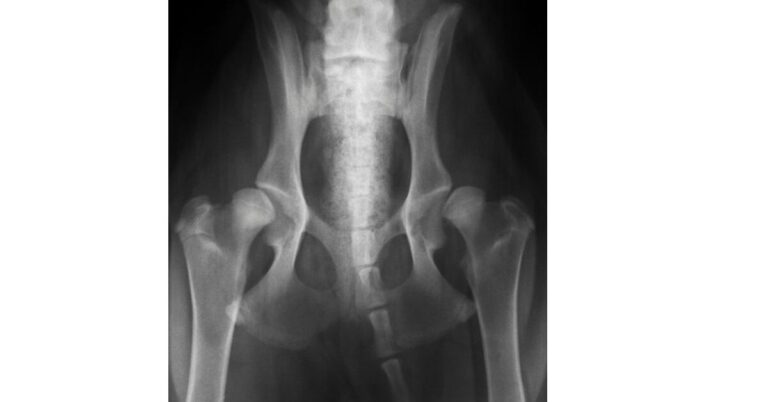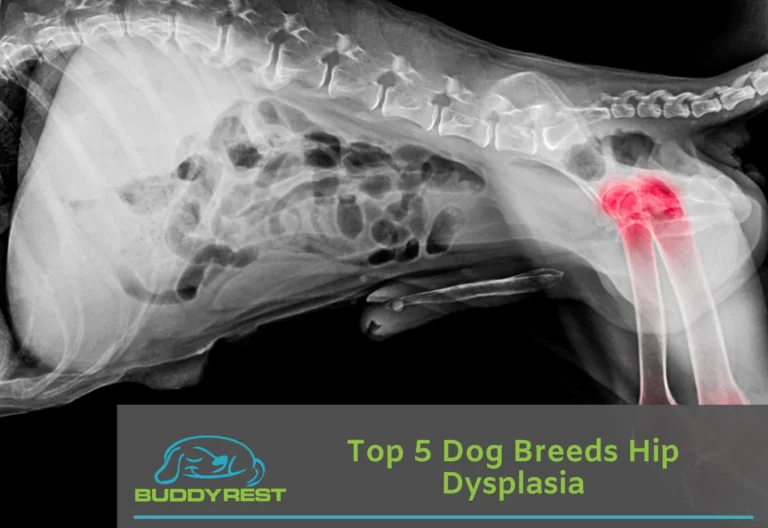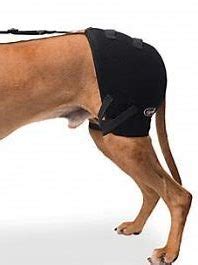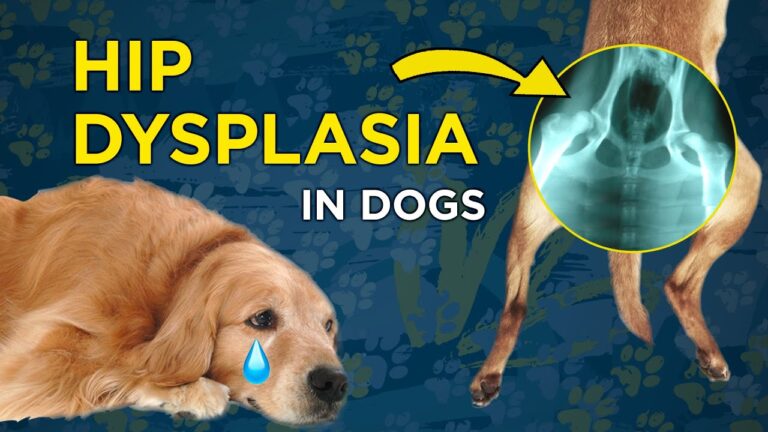
Let’s chat about hip dysplasia in our beloved giant breeds. It’s a terrible discomfort when their hips don’t quite fit right, leading to discomfort and mobility issues. We have some tips to help your gentle giants live their best lives!
Vet Visits are Vital Notice your furry friend limping? Time for a vet check-up. They’ll assess the situation, maybe even snap an X-ray to see what’s up with those hips.
Watch the Weight Big dogs need to stay trim to keep hip dysplasia at bay. Too much weight equals more hip stress. Your vet’s got the perfect diet and exercise plan for your pup.
Medication Can Help Got a mild case on your hands? Medication might just do the trick. NSAIDs for pain relief and supplements like glucosamine can ease those hip woes.
Physical Therapy Works Wonders Physical therapy is like a workout for your dog’s joints, building muscle and improving hip health. Hydrotherapy and special exercises? Yes, please!
Surgery is a last resort If other treatments aren’t cutting it, it could be the answer. There are several options, so chat with your vet about what’s best for your dog.
Post-Op Care Counts Surgery’s done, now it’s recovery time. Follow your vet’s instructions for rest, rehab, and meds to get your puppy back on their paws.
Cozy Home, Happy Dog
No home remedy beats a vet’s care but a comfy space for your dog is always a plus. Stick to the vet’s advice for a snug recovery zone.
Always work closely with a veterinarian experienced in treating orthopedic conditions in giant breeds. The goal is to provide your giant breed dog with the best possible quality of life by managing pain, improving mobility, and addressing any discomfort they may experience.
Prevention: Start Early Thinking of adding a giant breed puppy to your family? Talk prevention with your vet and choose a breeder who checks for hip dysplasia. Partnering with a vet who knows giant breed orthopedics is your ticket to a happy, healthy dog. With these steps, your giant breed dog will wag their tail in no time. Keep it light, keep it fun, and keep those big dogs moving!
Managing Hip Dysplasia in Giant Breed Dogs
Joint issues that can cause discomfort and arthritis, especially in big-hearted breeds like Great Danes and Saint Bernard’s. Here’s the lowdown on keeping your large pooch comfy and mobile.
Spot the Symptoms Keep an eye out for trouble signs like struggling to stand, limping, or a bunny-hop walk. Catching hip dysplasia early means a world of difference, so regular vet visits are a must.
Prevent and Manage Like a Pro Here’s how to lower the chances of hip dysplasia and manage it like a champ:
- Healthy Weight: A balanced diet and exercise keep your dog’s weight in check, which is super important for those hips.
- Nutrition Know-How: Puppies need special large-breed food to grow at the right pace and keep their joints happy.
- Gentle Moves: Skip the high-impact play—opt for softer activities to protect those precious joints.
Treatment Tactics If your vet gives the hip dysplasia nod, here’s what might be on the agenda:
- Lifestyle Tweaks: Adjust your dog’s diet and exercise to take it easy on the hips.
- Medication Magic: Anti-inflammatories and joint supplements can soothe pain and perk up joint health.
- Surgical Solutions: For tough cases, surgeries like FHO or THR are there to help.
- Rehab Routines: Physical therapy with hydrotherapy or exercises can beef up those muscles and joints.
- Home Sweet Home: Make your place dog-friendly with ramps for easy roaming.
Team Up for Care Partner with your vet for a custom care plan that’ll have your dog wagging their tail in comfort. And for the curious minds, dive into resources like the American Kennel Club and GoodRx for all the nitty-gritty details. Keep these tips in your back pocket, and you’ll be the hero your gentle giant deserves!
Recognizing the Signs of Hip Dysplasia
Hip dysplasia can be a real problem for our giants but catching it early can make all the difference. This joint issue, common in big-hearted pals like Great Danes and Saint Bernard’s, leads to pain and arthritis if the hip joint forms incorrectly.
Symptoms to Spot
- Bunny-Hop Run: A limp or both hind legs moving together during a run? That’s a telltale sign.
- Trouble Getting Up: If rising from a nap is a struggle, it could be a clue.
- Exercise Hesitation: Less pep for play. It might be more than just laziness.
- Stiff Starts: A bit rigid when getting going? Worth noting.
- Touchy Hips: Shying away from cuddles or showing pain around the hips? Pay attention.
- Muscle Loss: Hind leg muscles looking less buff? It’s a symptom.
- Hip Clicks: Hear a click when they move? That’s a sign.
- Front-Heavy: Shifting weight forward? They’re likely trying to ease hip discomfort.
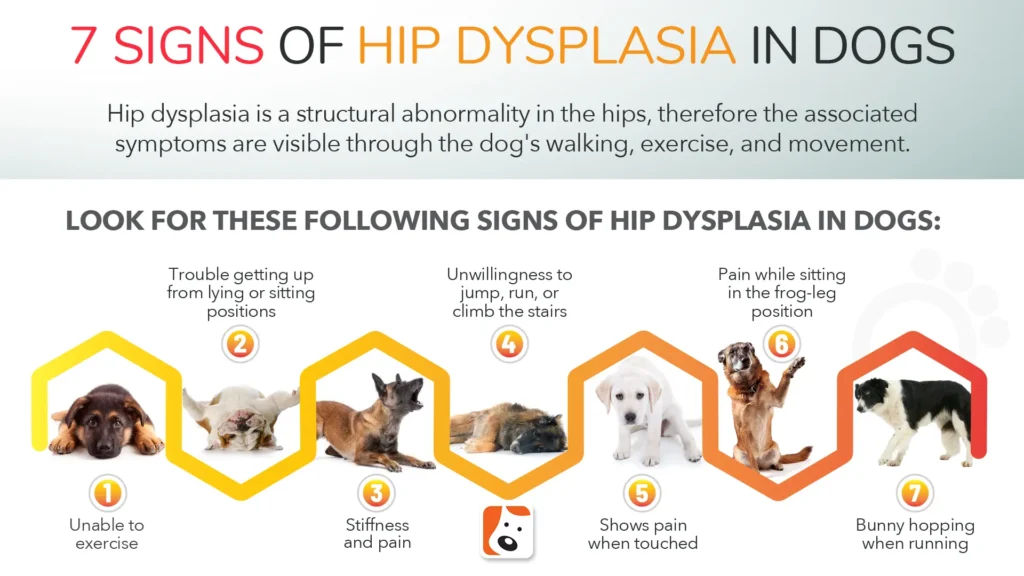
Early Detection is Key Not all dogs wave a red flag for hip dysplasia, so keep those vet visits regular. Suspicions? Your vet’s examination and X-rays will clear things up.
Treatments to Consider Depending on severity, treatments range from lifestyle tweaks to surgery. Keeping your dog fit, medicated, or even considering surgery like FHO or THR are options.
Prevention is Better Than a Cure – Keep your gentle giant in top shape with a healthy weight, balanced diet, and gentle exercise, especially during growth spurts.
For the full scoop on hip dysplasia, including symptoms, treatments, and prevention, dive into resources like the American Kennel Club, VCA Animal Hospitals, and the Morris Animal Foundation. And remember, your vet is your go-to for advice tailored to your furry friend’s needs. Early action can lead to a happier, more tail-wagging life for your big buddy!
Hip and Elbow Dysplasia
Same Condition Distinct Characteristics
Let’s break down hip and elbow dysplasia, two joint issues that our larger furry friends might face. Though they both target the joints, they’re not quite the same beast.
Hip Dysplasia: A Joint Out of Sync Imagine a hip joint that’s like a puzzle piece that doesn’t quite fit. That’s hip dysplasia for you. It’s a hereditary hiccup that’s more common in big breeds. Keep an eye on your dog’s growth, weight, and diet to keep their hips in check.
Elbow Dysplasia: A Trickier Twist Elbow dysplasia? It’s a bit more complicated, with a few different developmental hiccups in the elbow. It can make your pup’s life a bit ruff with pain and stiffness. Big dogs are more prone, but any dog can face this challenge.
Managing Dysplasia Both conditions call for a game plan that includes keeping your dog’s weight healthy and their exercise routine just right. Sometimes, surgery might be the best move, especially for those tricky elbows.
Prevention: The Best Medicine The key to dodging dysplasia is responsible breeding and a healthy lifestyle for your pooch. Regular vet visits, a balanced diet, and the right amount of play can make all the difference.
Want to dive deeper? Check out resources from the American Kennel Club and others for the full scoop. Keeping informed is your first step to helping your dog strut their stuff, pain-free!

